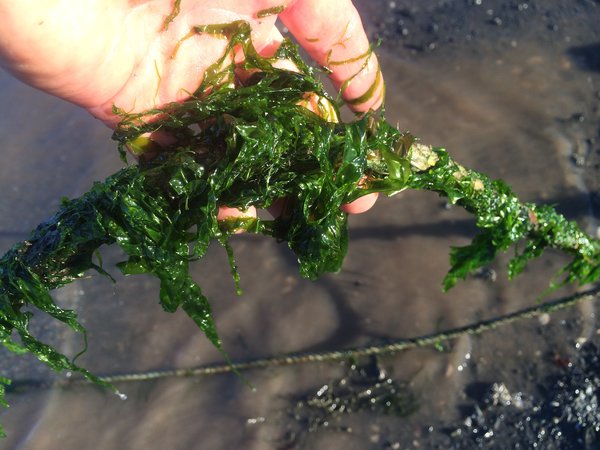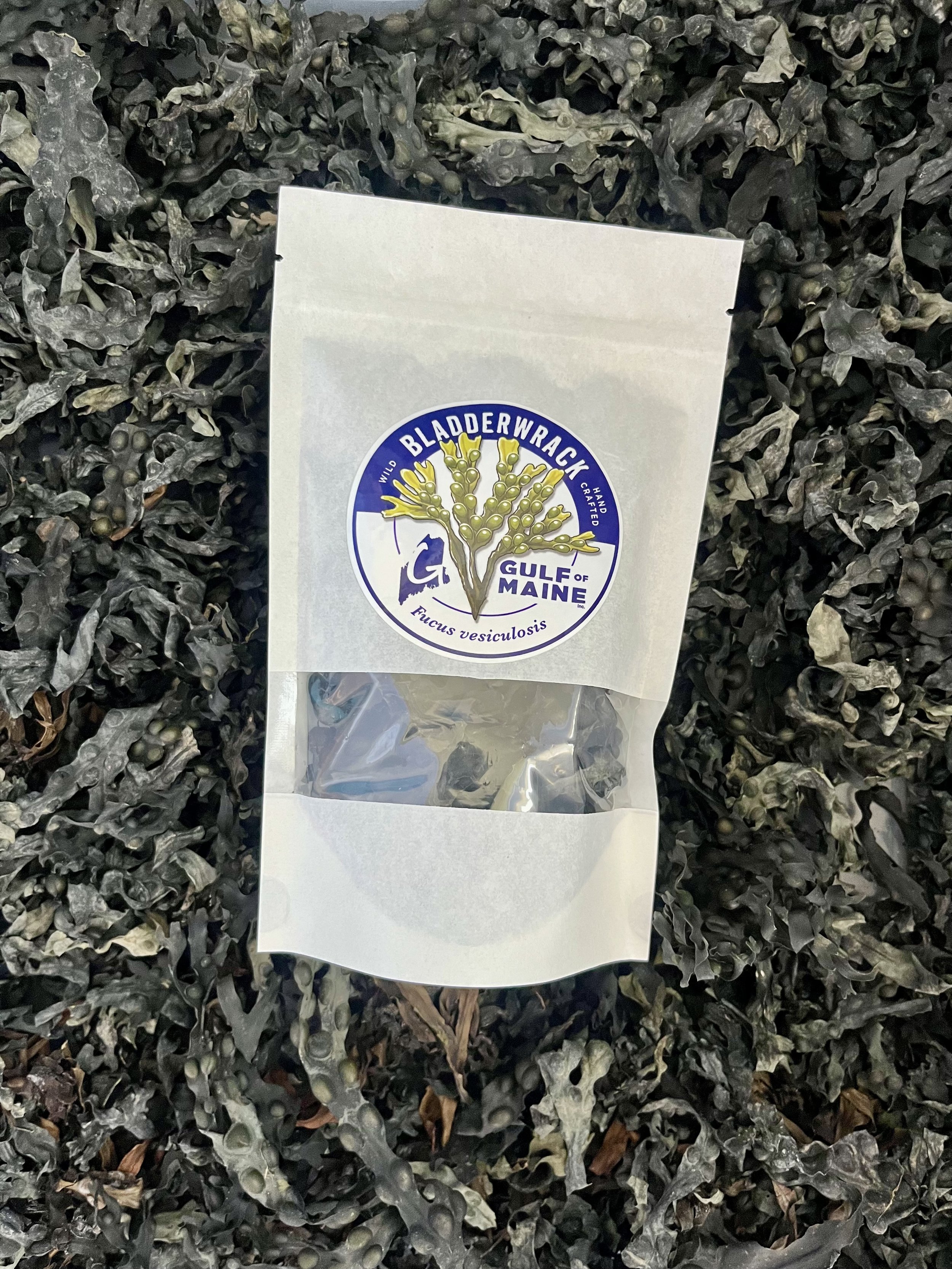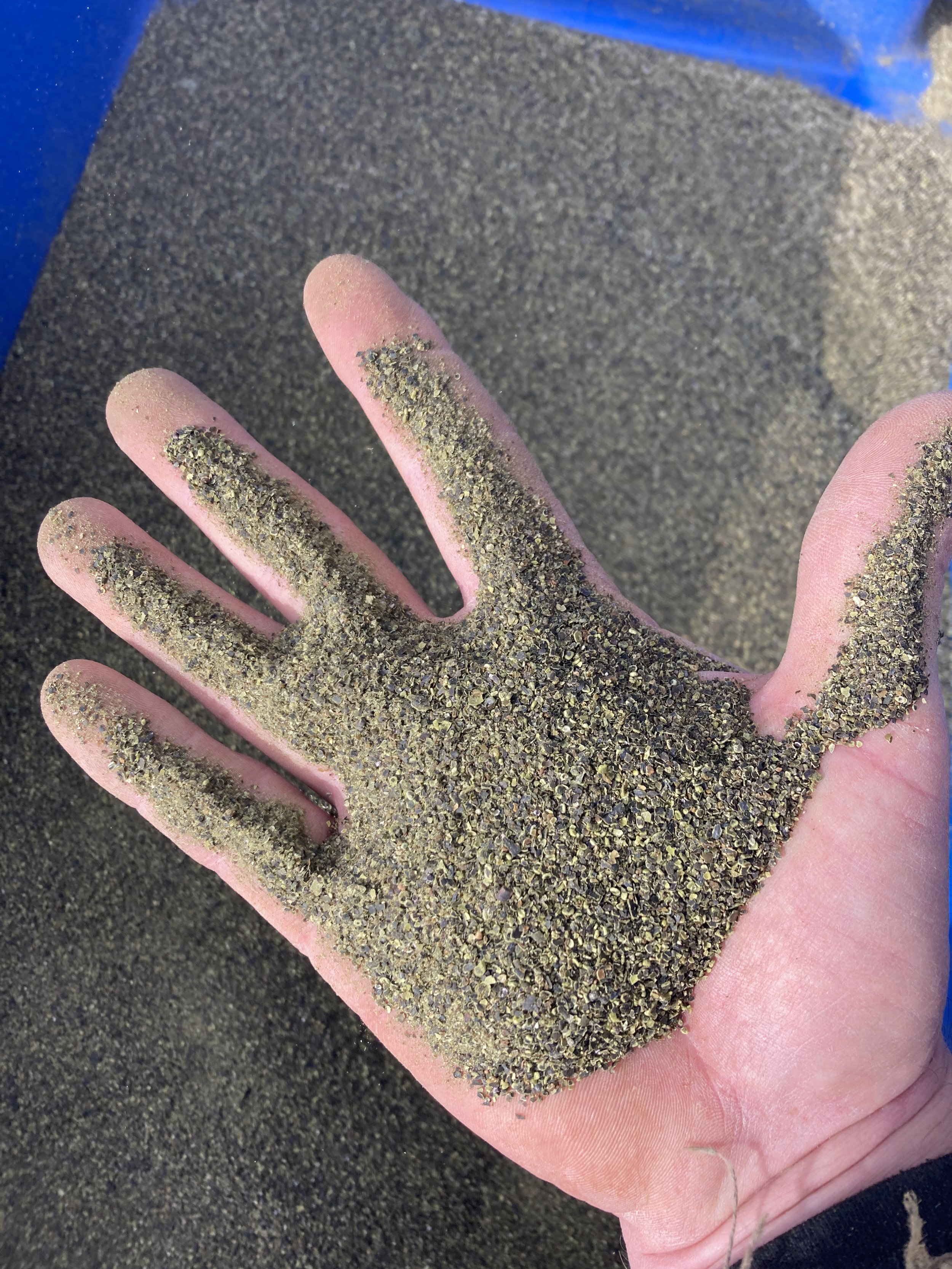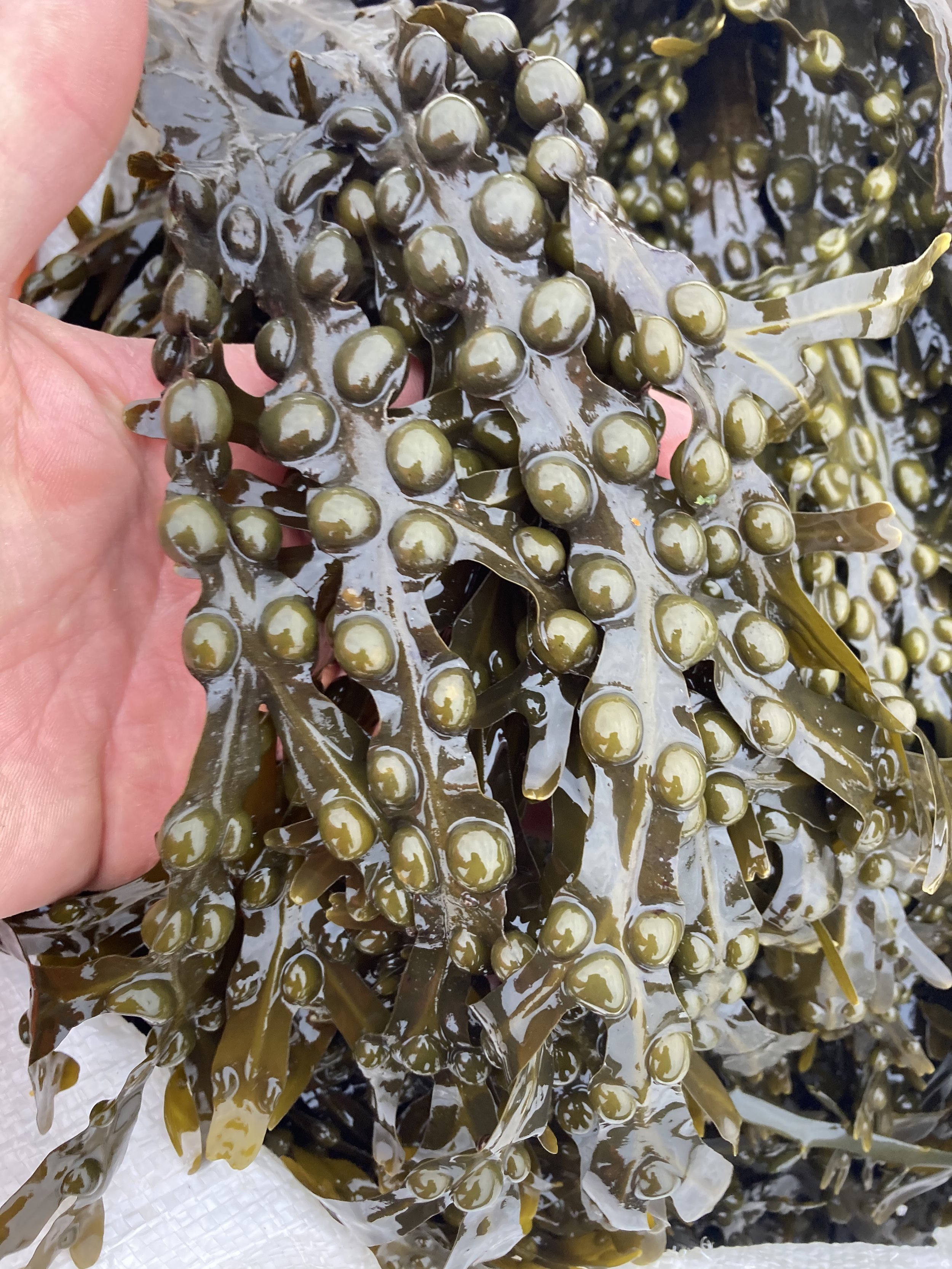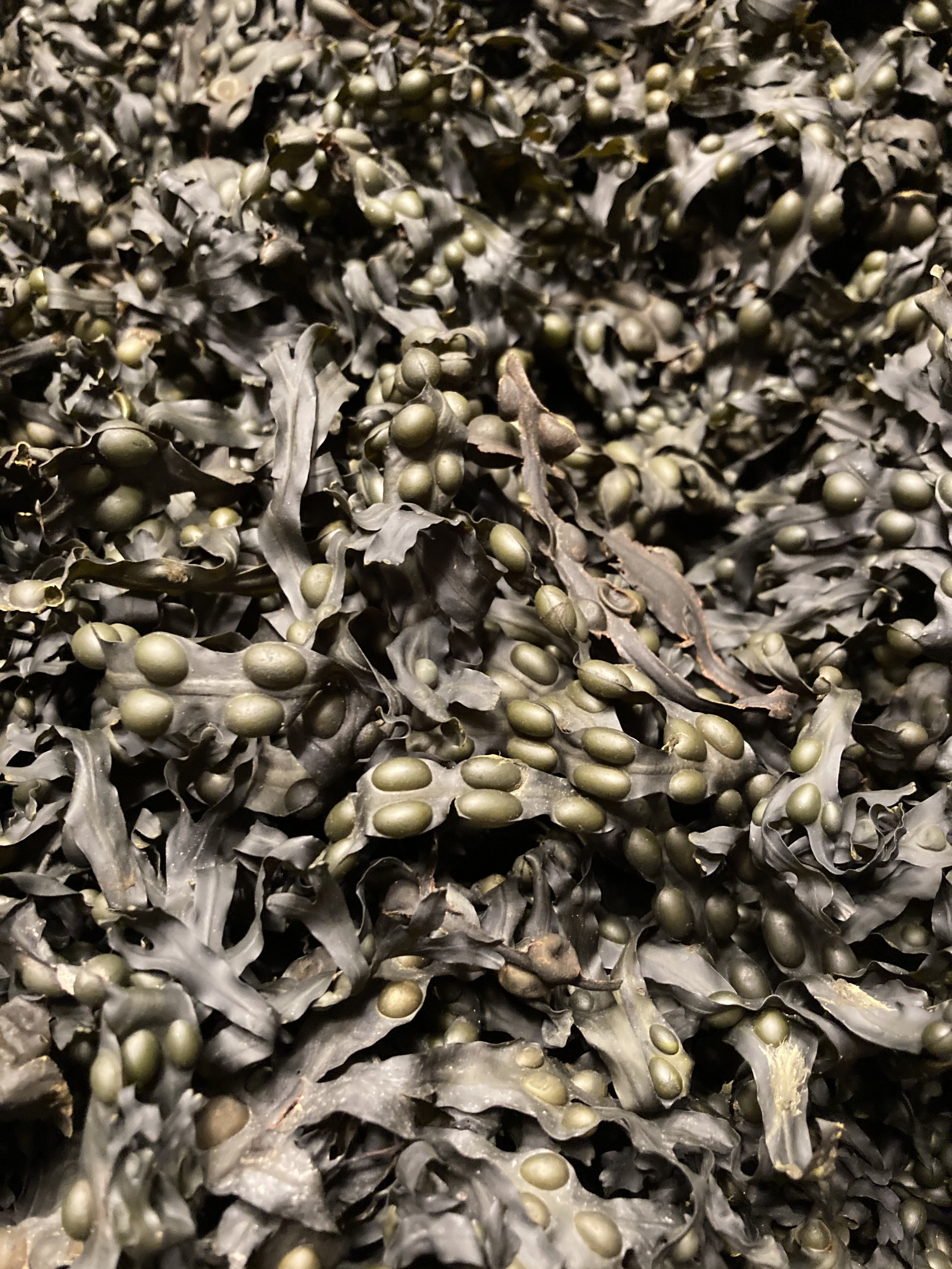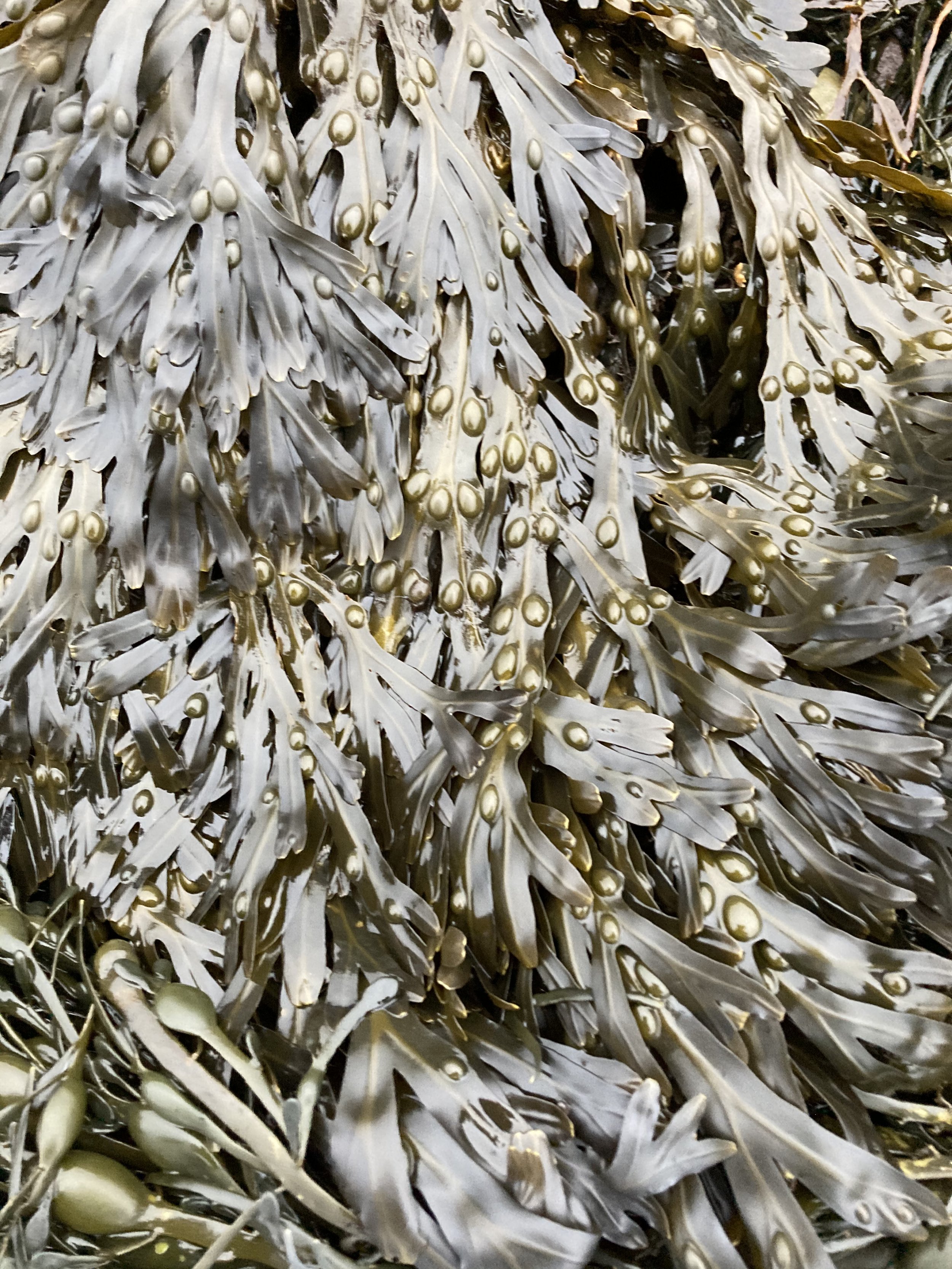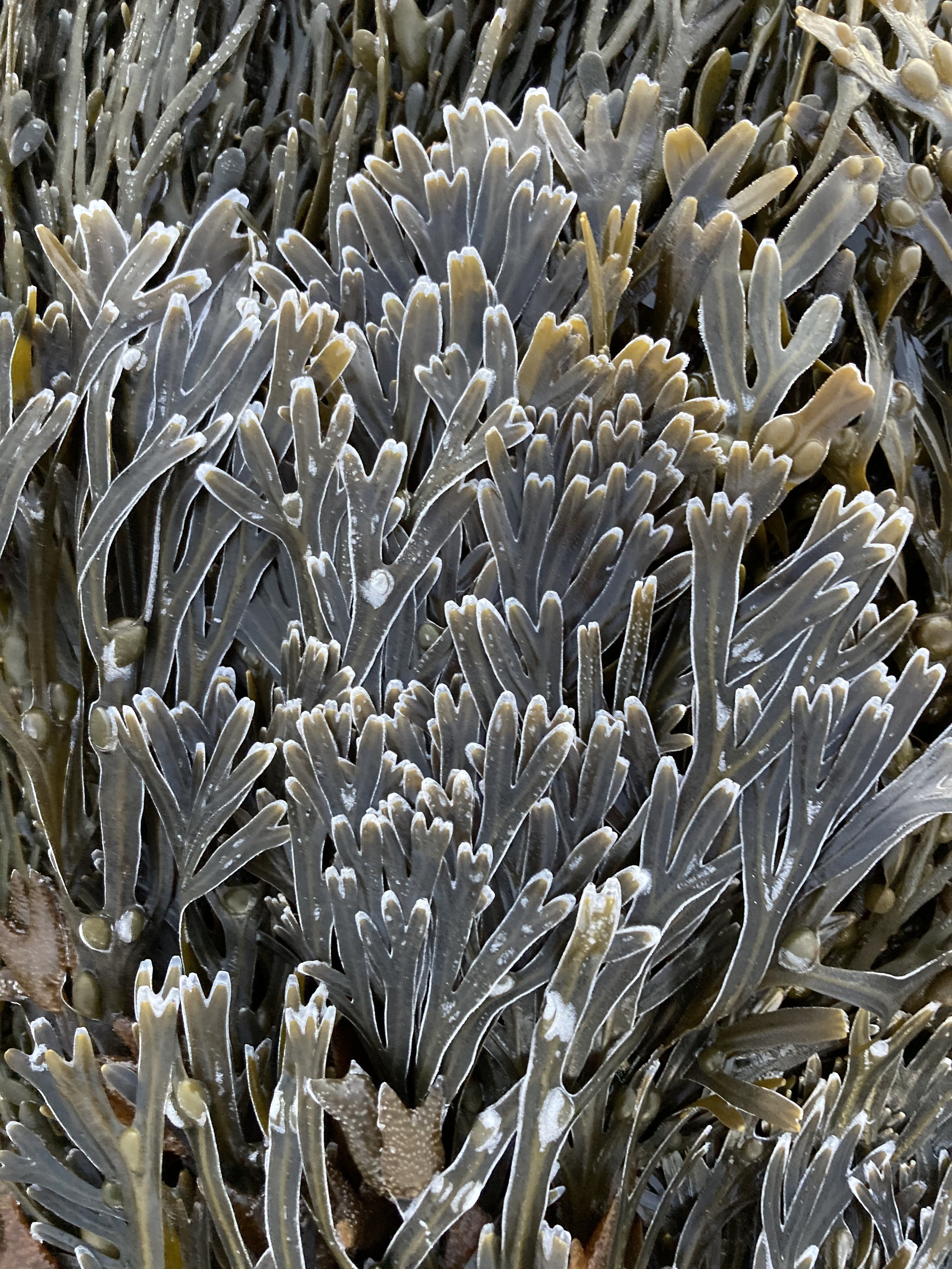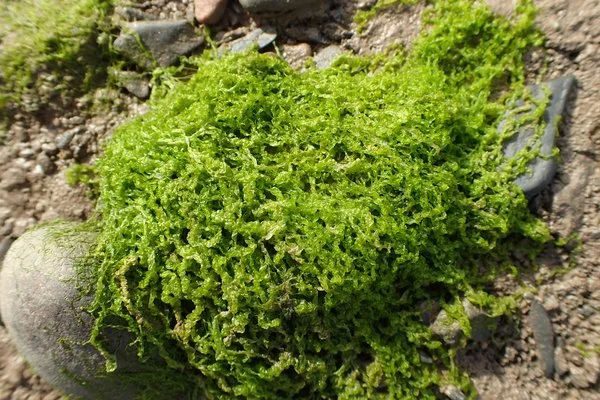 Image 1 of
Image 1 of


Hollow Green Weed (Enteromorpha intestinalis), Wet Live, Whole Leaf, 1 Pint Volume
*Overnight Express UPS Shipping is included in the price per pint volume*
This is a wet, live, science specimen
Common Name: hollow green weed
Scientific Name: Enteromorpha intestinalis
Location: river estuaries, mudflats, protected tidal shores, mid tide range
Seasonality: May - October
Color: dull green
Size: 6” - 12" fronds
Quantity: 1 pint volume
Collected: hand harvested
*Overnight Express UPS Shipping is included in the price per pint volume*
This is a wet, live, science specimen
Common Name: hollow green weed
Scientific Name: Enteromorpha intestinalis
Location: river estuaries, mudflats, protected tidal shores, mid tide range
Seasonality: May - October
Color: dull green
Size: 6” - 12" fronds
Quantity: 1 pint volume
Collected: hand harvested
*Overnight Express UPS Shipping is included in the price per pint volume*
This is a wet, live, science specimen
Common Name: hollow green weed
Scientific Name: Enteromorpha intestinalis
Location: river estuaries, mudflats, protected tidal shores, mid tide range
Seasonality: May - October
Color: dull green
Size: 6” - 12" fronds
Quantity: 1 pint volume
Collected: hand harvested
See how Hollow Green Weed, a green marine algae grows in a river estuary with Tidepool Tim.
Tidepool Tim says, “Hollow green weed is a very unique type of algae on Eastern Maine shores. It explodes with growth in late April and May forming floating mats of impressive size. It seems to tolerate a mix of salinities in that it colonizes river mouths and stream beds that flow directly into the bay. As summer progresses this seaweed seems to break loose and drift around the in-shore waters before becoming beached at the high water mark, ending it's life cycle. It is also sometimes called 'sausage-weed' as the fronds are tubular and can be inflated by blowing air into one end of the plant. When the tide goes out and leaves this algae 'high and dry'. often the fronds are full of water and look like little green sausages lying on the beach.....hence the species name of 'intestinalis'. By mid-summer the ends of the fronds die and turn brown while younger parts at the base retain their green color. By fall its almost impossible to find along the coast.”

